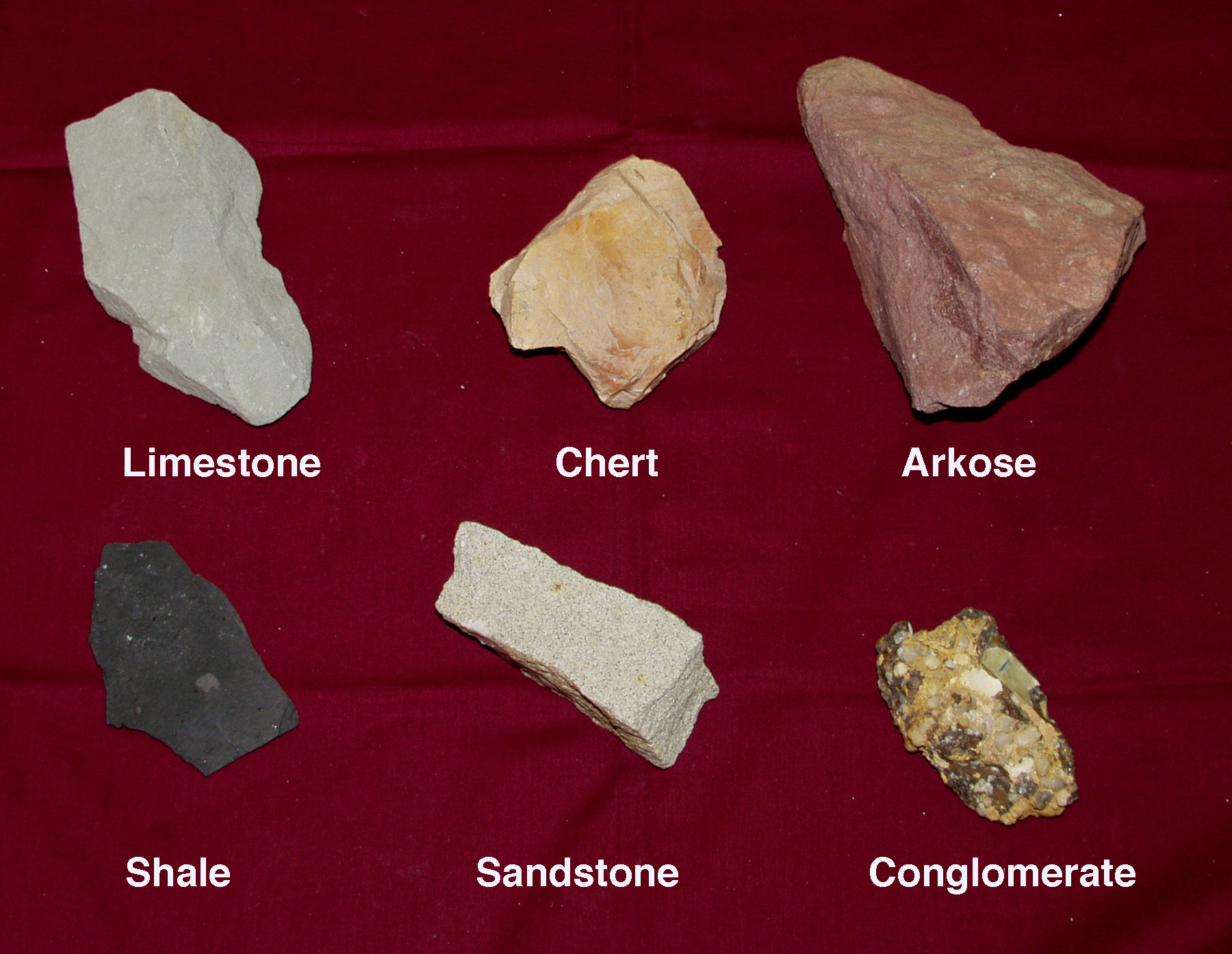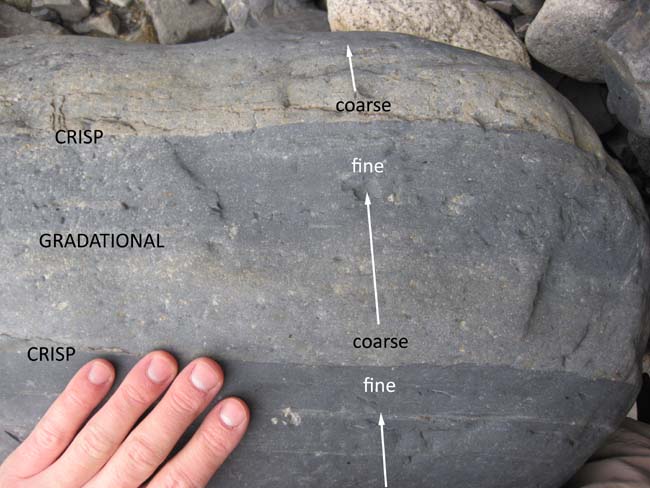“For thousands, even millions of years, little pieces of our earth have been eroded--broken down and worn away by wind and water. These little bits of our earth are washed downstream where they settle to the bottom of the rivers, lakes, and oceans. Layer after layer of eroded earth is deposited on top of each. These layers are pressed down more and more through time, until the bottom layers slowly turn into rock.” (The Franklin Institute)
Did you know that rocks have a life cycle?

- Sedimentary rocks are formed by sediment that is deposited over time, usually as layers at the bottom of lakes and oceans.
- This sediment can include minerals, small pieces of plants and other organic matter.
- The sediment is compressed over a long period of time before consolidating into solid layers of rock.
- Sedimentary rocks forms layers called strata which can often be seen in exposed cliffs.
- Sedimentary rocks cover the majority of the Earth's rocky surface but only make up a small percentage of the Earth’s crust compared to metamorphic and igneous types of rocks.
- Examples of sedimentary rocks include limestone, sandstone, mudstone, greywacke, chalk, coal, claystone and flint.
- Limestone forms the metamorphic rock marble when subjected to extreme heat and pressure over time (metamorphism).
- Sandstone forms the metamorphic rock quartzite.
- Mudstone forms the metamorphic rock slate.
- Chalk is a soft, white form of limestone.
- Flint is a hard, sedimentary form of the mineral quartz.
Sedimentary rocks

Sedimentary Bedding
“STRATIFICATION refers to the way sediment layers are stacked over each other” (University)
Cliffs such as this can often tell you how the sediment making up the rock was deposited prior to diagenesis. All you have to do is look at the rock’s structure and appearance for a characteristic known as bedding. There are two types of bedding, graded and cross-bedding.
Graded Bedding is seen when the structure of the sedimentary rock appears to take on a horizontal sheet-like appearance. That is to say, the rock appears to be “layered” like pancakes, and often has larger particles underlying smaller ones. The term “graded” comes from the fact that the particles arrange themselves by relative size as they settle. Often there may be numerous beds of varying depth stacked horizontally on top of one another. Sometimes the grades or strata may be very thin and not easily seen. But color, amount of erosion in exposed surfaces, or even slight textural changes in the rock, may signify a change from one bed to another. (University)

**Logging requirements**
DO NOT POST ANSWERS IN YOUR LOG.
Send the following answers to me via email.
- The text "GC556VH Awesome Sediment" on the first line
- What colors are showing here in the cliff?
- How many number of color bands are showing here? (i.e. = Blue/Pink = 2 bands)
- What is the elevation here?
- What geological event is happening to the cliff along here that is dividing the cliff up and down (height wise)?
| I have earned GSA's highest level: |
 |